Since reopening to tourists in the early 1990s, Cambodia has captivated visitors from around the globe with its rich cultural heritage, warm and welcoming people, and extraordinary natural wonders. Phnom Penh, the nation’s vibrant capital, pulses with energy, offering world-class dining, lively markets, and a spirited nightlife. Yet the country’s true treasures lie beyond the city: the sleepy, French-influenced town of Kampot enchants with its riverside promenade, colonial villas, and charming cafés; the lush, jungle-clad Cardamom Mountains reveal spectacular waterfalls and pristine wilderness; and, of course, the majestic Angkor Wat complex stands as the world’s largest and most breathtaking religious monument. Cambodia seamlessly caters to every traveller, whether seeking exhilarating jungle adventures, serene golden-sand beaches, luxurious resorts, or a journey through its tantalising local cuisine. With its blend of history, nature, and culture, Cambodia remains a destination of endless discovery and wonder.
Situated at the confluence of the Mekong and Tonle Sap rivers, Phnom Penh, Cambodia’s vibrant capital, captivates with its rich history, welcoming locals, and thriving culinary scene. The city’s heritage is immediately evident: the National Museum of Cambodia showcases over a millennium of Khmer art and design, while the monumental Royal Palace—home to King Sihamoni—features the iconic Throne Hall and the dazzling Silver Pagoda, whose floor gleams with five tons of silver. Along the Tonle Sap riverfront, visitors can enjoy refined dining and French-inspired wines, a legacy of the city’s colonial past, while the evenings come alive with lively nightclubs, karaoke performances, and stage shows. Combining culture, history, and cosmopolitan energy, Phnom Penh offers a dynamic and immersive Cambodian experience.
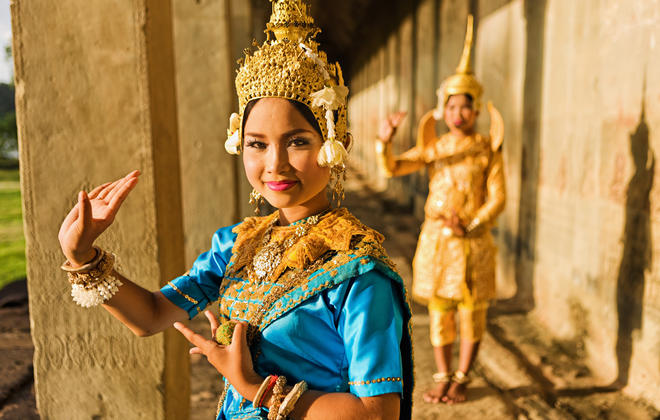




Also known as the Kravanh Mountains, the Cardamom Mountains are situated in the west of Cambodia. These famous peaks appear on the provincial seal of Trat Province in Thailand and are known for their scenic landscapes, endangered fauna and flora, and thrilling adventures. Stretching over more than 4 million hectares, the Cardamom Mountains are home to Southeast Asia’s largest remaining rainforest. This mountain range features a number of wildlife sanctuaries and encompasses the Central Cardamoms Protected Forest. Visitors can use the remote village of Osoam, a community tourism centre, and the Cardamoms’ northern gateway town of Pursat, as bases to explore the surrounding region. Discover one of Southeast Asia’s most pristine expanses of wilderness, explore the vast blanket of tropical rainforest, and soak up the mountain, marsh, plain, and river landscapes.
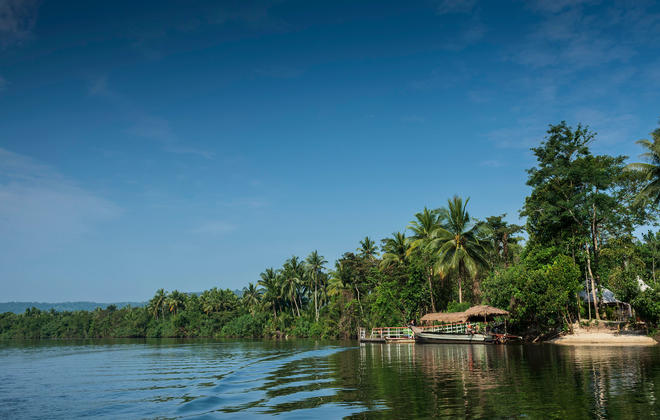
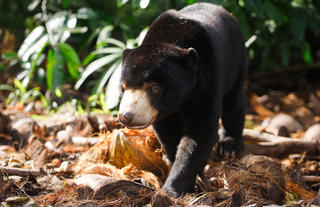
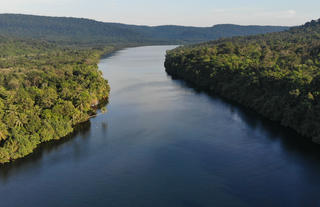
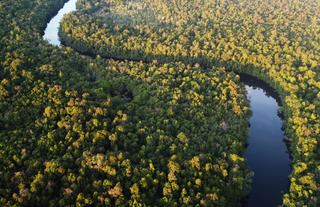
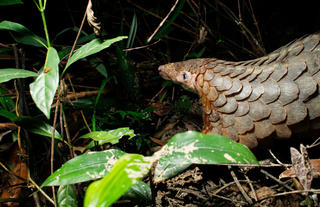
The sleepy fishing village of Krong Kaeb, also known as Kep, rests on the Gulf of Thailand and is the capital of Kep Province in southern Cambodia. Once a vibrant resort town, Krong Kaeb is now a serene seaside township dotted with the dilapidated shells of what was once lavish French colonial mansions. Travellers flock to the area to visit the famous crab market, where seafood lovers can indulge in the delicious delicacy. Within walking distance from Kep Beach is an 8-kilometre track that leads to Kep National Park. Along the route, trekkers can take the ‘Stairway to Heaven’ trail that leads to a tranquil Buddhist temple, a nunnery and Sunset Rock viewpoint that offers sweeping vistas of the town, mountains, the beach and views of the island of Phu Quoc.





Best known as the gateway to the awe-inspiring Angkor Wat temple complex, Siem Reap is a charming town blending French colonial and Chinese architectural influences with a relaxed, welcoming atmosphere. Its crown jewel, the Angkor complex, spans an area larger than Paris and is a labyrinth of intricately carved temples adorned with dancing apsaras, lotus motifs, and five-headed naga (serpent deities). Abandoned for centuries and rediscovered in 1860 by French explorer Henri Mahout, it has since become Cambodia’s cultural and historical highlight. Beyond the temples, Siem Reap offers a vibrant arts and crafts scene, immersive cultural villages that showcase traditional rural life, and a bird sanctuary on the town’s outskirts, providing visitors with a rich mix of heritage, nature, and local culture.











